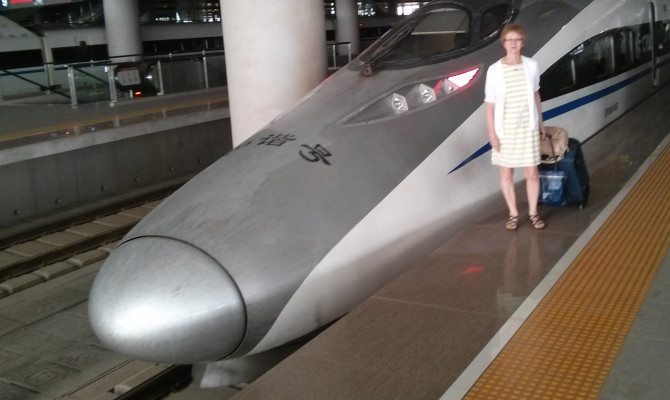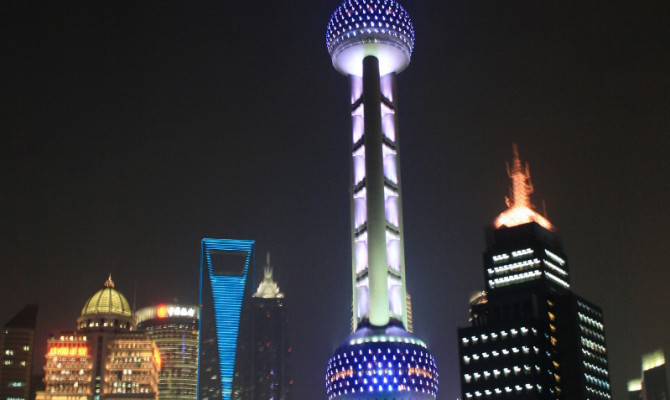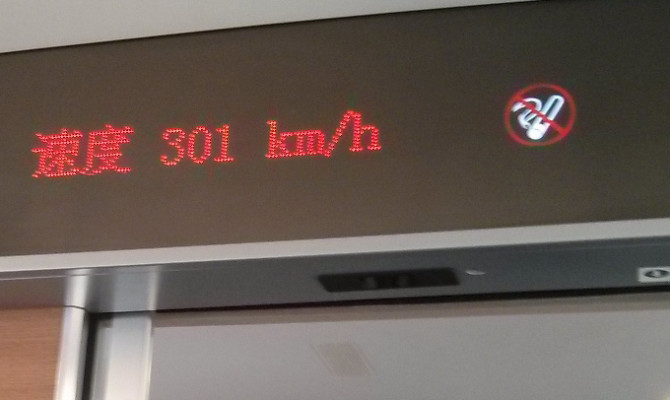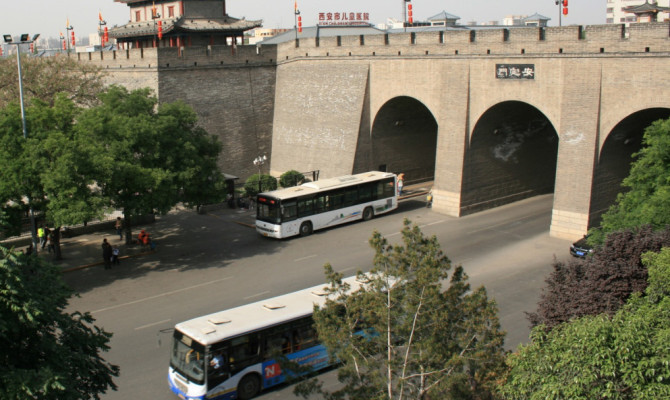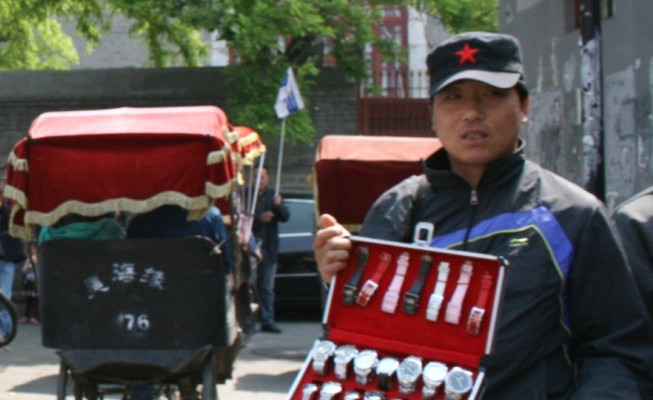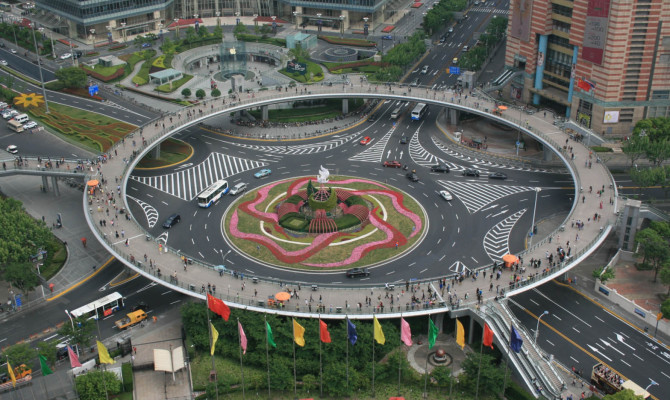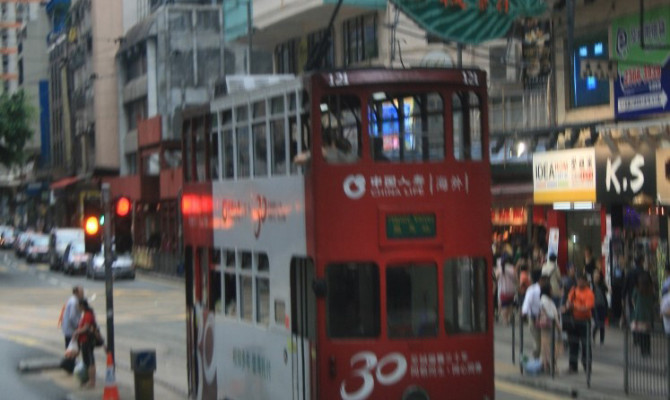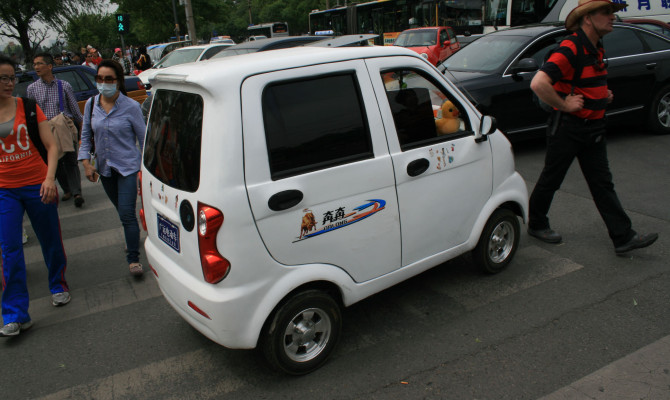The North American International Auto Show (NAIAS) has announced that Pixar Animation Studios, will participate in the 2017 NAIAS – hosting a press conference on Sunday, January 8, 2017. Those attending will get an early look at their upcoming summer film, “Cars 3” and the debut of a life-size version of one of the film’s car stars.

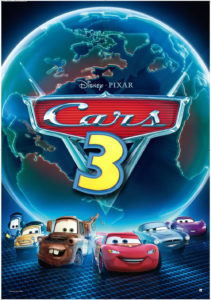
“Having Pixar choose to join NAIAS and share an early sneak peek at their next film – from one of the most famous movie franchises in the studio’s storied history – is proof that Detroit is home to all facets of automotive, whether it’s fantasy or real-life,” said Sam Slaughter, 2017 NAIAS Chairman.
Along with its press conference, Pixar will create a special “Cars 3”-themed display on the show floor for the thousands of journalists and nearly a million individuals that will visit during the run of show.
“With every film that we make at Pixar, we do our best to create worlds and characters that ring true to our audiences,” said “Cars 3” director Brian Fee. “A huge part of doing this successfully lies in the extensive research that we do on each film. ‘Cars 3’ is a love letter to racing and its roots, so we could not be more excited to be a part of the North American International Auto Show to share a little bit of our film with our fellow car enthusiasts.”
Here’s a foretaste of the movie’s plot: Blindsided by a new generation of blazing-fast racers, the legendary Lightning McQueen (voice of Owen Wilson) is suddenly pushed out of the sport he loves. To get back in the game, he will need the help of an eager young race technician, Cruz Ramirez, with her own plan to win, plus inspiration from the late Fabulous Hudson Hornet, and a few unexpected turns. Proving that #95 isn’t through yet will test the heart of a champion on Piston Cup Racing’s biggest stage!
Directed by Brian Fee (storyboard artist “Cars,“ “WALL•E”) and produced by Kevin Reher (“A Bug’s Life,” “La Luna” short), “Cars 3” cruises into theaters on June 16, 2017.
The rush period, on a return trip from downtown on the Metro was surprisingly orderly and no different from SkyTrain on a busy hockey night, though far less boisterous…
“Rolex or Mao hat!” was the street hawker’s sales cry, as our rickshaw sped past him through the narrow streets of old Beijing.
It could also be the question posed for an emerging super-nation struggling to blend new-world economics with a communist social order.
Our four-city, 15-day tour of China included many other interesting and modern forms of transportation. To start with, we were very impressed with the cleanliness of airports and train stations. Eating or drinking is not allowed on metro trains in Beijing and Hong Kong and another plus was having important signage in English, as well as Chinese.
China now has more than four billion kilometres of highways and expressways, for road users. Rail travel is inexpensive and popular, and carried more than two billion passengers last year. The high-speed rail line system is expanding rapidly and expected to reach 18,000 km of track by the end of 2015. Shanghai also boasts the world’s first ultra high-speed maglev rail line.
In fact, the only old-world transport during this tour was that rickshaw, which could also be described as a pedi-cab. The only other rickshaws we saw were a few for sale at a closed “for hire” location near a ferry terminal in Hong Kong. The other city we visited was Xi’an, a famous fortress city at the Asian end of the historic “Silk Road”. It’s also the home of Terracotta Warriors, a UNESCO world heritage site.
Cars: China is the largest auto market in the world. More new vehicles are sold in China every year than in all of North America. While it has about a dozen major home auto manufacturers, most have production agreements with foreign auto makers.
Which explains why, for the most part, you’ll see the same Volkswagens, Buicks, Hondas and Toyotas that you’ll find on any street in Vancouver. How they’re driven is different. Many drivers ignore crosswalk rules, so it’s advisable to cross busy intersections with a group of fellow pedestrians, there’s safety in numbers!
Our in-car experiences were mostly taxis and all were Toyota Crown models. In fact, in all four cities, it seemed like every taxi was a red and white Toyota … even in Hong Kong where they drive on the left side of the road, a British legacy. One memorable drive was a speedy, wild taxi ride to the Airport in Shanghai, a “kiss the ground” on arrival experience. Should have taken the train.
Trains: Out first train experience was in the Beijing Metro system and it’s the fastest way of getting downtown. Even though there are vehicle restrictions that only allow odd and even license plates on alternative days, traffic congestion is a problem.
Beijing has the second longest subway system (in terms of track length) in the world (after Shanghai), but its average weekday ridership is over 10 million. During our week in the city, it actually recorded a world one-day ridership record of 11.24 million. By comparison, the weekday ridership on the SkyTrain system in Metro Vancouver is less than 400,000.
It’s certainly a good idea to plan a Beijing metro trip in advance, but we found it surprisingly easy to navigate. The rush period, on a return trip from downtown on the Metro was surprisingly orderly and no different from Skytrain on a busy hockey night, though far less boisterous.
We made an early morning start in Beijing to catch a bullet train to Xi’an. This 1,144-kilometre trip use to take more than 11 hours, but a high-speed (over 300 km/hour) train can do it in less than five. Impressively smooth, relatively quiet and comfortable, it’s a relaxed mode of travel and you can move around as much as you want. You don’t fully appreciate the high rate of movement until another bullet train passes in the opposite direction – there’s a sudden blur, whoosh and it’s gone!
Maglev looks like a traditional train until you realize it uses magnetic levitation – no wheels! Powerful magnets provide both lift and forward thrust and it can reach speeds of more than 400 km/hour. Unlike friction-based (wheeled) rail, it’s unaffected by snow, ice or rain.
The ride is also more cushioned ride than the bullet train. The track, which is about 30 km long, had banked corners and the trip took about ten minutes.
Last but certainly not least: A truly unique and relatively new transportation structure in Shanghai is the Pearl Loop Pathway. Above a massive roundabout in the heart of the financial district, this wide elevated circular pedestrian pathway has street-level escalators and connections to business towers and tourist attractions, including Shanghai’s famous Oriental Pearl Tower.
A transforming giant with a rich history, China never ceased to amaze.
LED lights not only give you incredible light but they draw so little amperage… (more…)
 It was a Christmas Miracle: that’s all I can put it down to.
It was a Christmas Miracle: that’s all I can put it down to.
Pulled up behind a new sport-ute at a busy intersection, just a second before the light changed green. And, predictably, that’s when the driver put on his left turn signal.
Then to my absolute amazement, he did exactly what he was supposed to do after failing to signal at the appropriate time. He drove across the intersection and took the next left!
There was a police car behind me so perhaps the errant driver feared a $121 ticket and two penalty points on his license. Not likely. (more…)
Leipzig, Germany
BMW believes there is a big future for wind power in its cars.
No, not for the propulsion of the prestige brand’s models but the making of their sleek machines of the future.
Long before visitors arrive at the auto manufacturer’s new hi-tech factory in this economically depressed region of what was once communist East Germany, they were greeted with a wave from four giant wind turbines. Those metal giants power the production of the impressive five-seater BMW i3, test driven today – by me – for Driveway.
The i3 models now roll silently off the production line; silently, not just because it’s an all-electric vehicle but also because the entire manufacturing process rarely rises above a whisper.
The BMW i3 is the first of the manufacturer’s projects for which the environmental sustainability objectives were determinedly set at the same high standards as the economic goals applied to the manufacturing process. Next year, it will be joined by the i8, which looks every inch a super-sports car.
To achieve those lofty dual goals, the BMW Group retains close control over the complete production process from the carbon fibre production, which starts in a hydroelectric powered plant in Moses Lake, Wash.
Entire noisy and stinky processes associated with manufacturing in steel are gone. Robots screw and bond the important parts together and send the shells on their way, suspended form an overhead rail. Happy workers can actually hear each other chat down on the factory floor, bathed in sunlight and breathing freely courtesy of an efficient hi-tech ventilation system.
Amazingly, the energy used is 50 per cent of that required to turn out a conventional car and 70 per cent less water is used. My group roamed around looking for waste, which turned out to be a waste (of time) in itself. The bits and bats and ‘wasted’ trim are gathered up and recycled for use elsewhere along the production line.
BMW even boasts the lithium ion batteries that will power each car’s motor will outlive the individual car’s life. They can be used as storage batteries when the car is put out to pasture… sorry, recycled.
If one of the eight modules should fail then a replacement easily drops in rather than there be a need for an entire battery replacement. The lightweight body is also designed with a view to quick and economical repair in the event of a collision. Body parts again drop into place with the minimum of fuss and cost. They say the cost of a fix will likely mirror that of putting a BMW 1-series back on the road after a similar crash.
Contact:
Email: keith [dot] morgan [at] drivewaybc [dot] ca
Twitter: @ChangeGears
Recent Comments
- { Enjoyed your Forest of Bowland in the BMW X5M, particularly the photo of the BMW in front of the main part of Stonyhurst College where... }
- { Bantam designed the Jeep, not Willy's or Ford. The American military gave the original Bantam prototype to Willys and Ford to copy. There is plenty... }
- { All Escalades come with a 6.2-lilter V8 engine that produces 420 horsepower. A six-speed automatic is the only transmission offered and drives the rear wheels.... }
- { Alexandra is an excellent journalist. }
Popular Posts
- Journey to a ‘Sparkling’ Luxury Okanagan Resort “Four lucky readers will put a Dodge Journey’s weekend-...
- The Need For Speed: Hike Those Highway Limits More than half of those polled believe the province sho...
- Drives-U-Crazy… Erratic drivers. An early morning drive from Kelowna to Vancouver is nor...
- Readers Respond: The Pros and Cons of Increasing B.C. Speed Limits Increasing the speed limits will only increase risk to...
- Honda CR-V Review: The Compact Crossover To Get Things Done The CRV is a very stylish and aerodynamic crossover veh...


